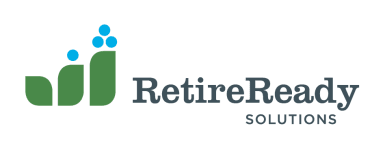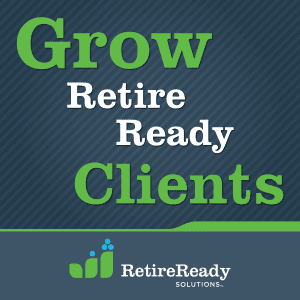When I worked with high schoolers, one of my favorite games had them divide into three teams and then compete to solve a puzzle. But there was a twist: One team had the correct box cover, another team did not have a cover, and the third team had the wrong cover. The outcome was predictable. The team with the correct box cover won, the one with the wrong cover got agitated, and the team without a cover often gave up.
It’s such a simple game, but we can learn a lot from it. Having the right box cover (that is, the right information) is key to solving any puzzle. This is equally true when making decisions about retirement readiness.
Most public employees have two or three sources of retirement income, each with their respective complexities:
- Social Security, which used to be an easy decision (start when you retire), has grown in complexity. The Wall Street Journal recently published a 1,700-word article on when a person should start taking Social Security benefits (“When Can I Collect Social Security? Retirement’s Biggest Gamble”), and it doesn’t begin to address the issue of how those benefits integrate with a retiree’s other assets. Analyzing Social Security options requires becoming familiar with the terminology, yet the Glossary of Social Security Terms lists nearly 70 words (not including the Windfall Elimination Provision or the Government Pension Offset). The complexity can be overwhelming.
- State pensions have long been a core component of public employees’ retirement benefits. Although the plans may seem simple to an outsider, researchers attribute teachers’ lack of understanding to the complexities of those plans (“Teachers’ Knowledge and Preparedness for Retirement,” page 8):
Benefit handbooks are oftentimes bogged down in the minutiae of so-called service credit, designating beneficiaries, and divorce. Teachers may simply have faith that state plan-designers will have teachers’ best interests in mind regardless of how long teachers remain in the profession.
- Retirement investments are even more complex. Consider the choice of pre-tax or Roth (which is much more complex than simply marginal tax rates), where to invest (fixed, indexed, or variable annuities, or the market, CD, IRA, 403(b) or 457), market investment allocation, fees, and more. John Sullivan, Chief Content Officer at the American Retirement Association, emphasized the need for clarity:
The damage an overreliance on financial jargon can do to participant confidence and, by extension, the advisor’s business is well-documented. Still, a new survey brings it (yet again) into stark relief.
It might make the advisor sound smart while making the client anxious and overwhelmed, and some argue it’s intentional. If they keep it complicated, consumers think they need advisors to sort it all out.
Ted Godbout (an ARA writer), made a similar observation in 2021:
New research finds that retirement plan participants have clear preferences when it comes to communications, but employers and the retirement planning industry are not always listening…[P]lan participants want communications that are simple and brief, and that use everyday words in a financial context.
“Simple and brief” are definitely not how I would characterize most financial reports, perspectives, and much of the communication put out by the financial planning industry!
With so many complexities, it’s no wonder public employees are struggling to put together the pieces of their retirement readiness planning. They need advisors who can guide them through these complexities, effectively showing them the puzzle box cover and giving them the information needed to achieve their goals.
Each element of a teacher’s retirement income has important details, but as when solving a puzzle, we need to balance our focus between each piece’s content and how all the pieces fit together. Describing one piece of the puzzle in detail without showing how it integrates with the other pieces will never help a public employee grasp the whole picture.


